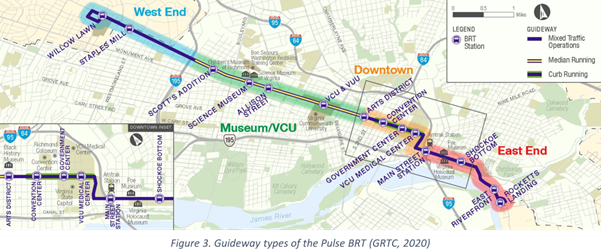This study examined three main topics: (i) identifying the spatiotemporal impacts of urban rail on the price of nearby residential properties, (ii) exploring the ways urban rail investments impact surrounding neighborhoods based on those neighborhoods’ initial socioeconomic characteristics, and (iii) developing a methodological framework for quantifying transit-induced commercial gentrification. We study the light rail system in Charlotte, NC, which includes an original line and its extension. A dataset comprised of the single-family house sales from the last thirty years is compiled for the study area, which contains neighborhoods in the vicinity of the light rail and two comparison areas. Our results consistently indicate highest positive impacts for properties located within 0.25 and 0.5 miles of a transit station. Differential effects are identified between the original light rail line and its extension, such as lack of anticipation effects for the line extension. In terms of neighborhood change and residential gentrification, we find that neighborhoods with low and high socioeconomic status experience disproportionate changes associated with gentrification (compared to the control groups), while neighborhoods with medium socioeconomic status are not impacted. Finally, the study of commercial gentrification in Charlotte revealed fewer exits and smaller turnover for service businesses and businesses offering frequently consumed goods and services located between 0.25 and 0.5 miles of light rail stations compared to the control area. It is possible that fewer businesses left the area during the post-announcement and construction periods in anticipation of benefits and higher revenue after the beginning of light rail operation. Based on the analysis of the entries, exits, and turnover of retail and service businesses and their subcategories related to frequency of consumer visits and necessity of the products, strong evidence of transit-induced commercial gentrification is not found for the Original Blue light rail line in Charlotte.
